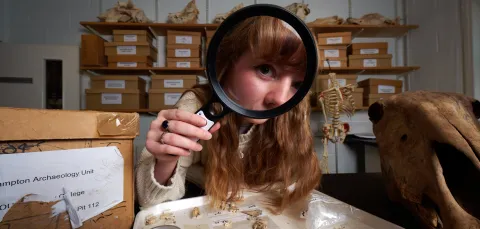What is Clearing at university?
Clearing is an opportunity for you to secure a university place, particularly if you:
- are applying for university after Monday 30 June 2025
- have changed your mind about what or where you want to study, and are rethinking your choices
- are not already holding an offer from a UK university
- have results which are different to what you expected – either because didn't meet the conditions of your offer, or you did better than you expected
You can learn more about the Clearing process on the UCAS website.


